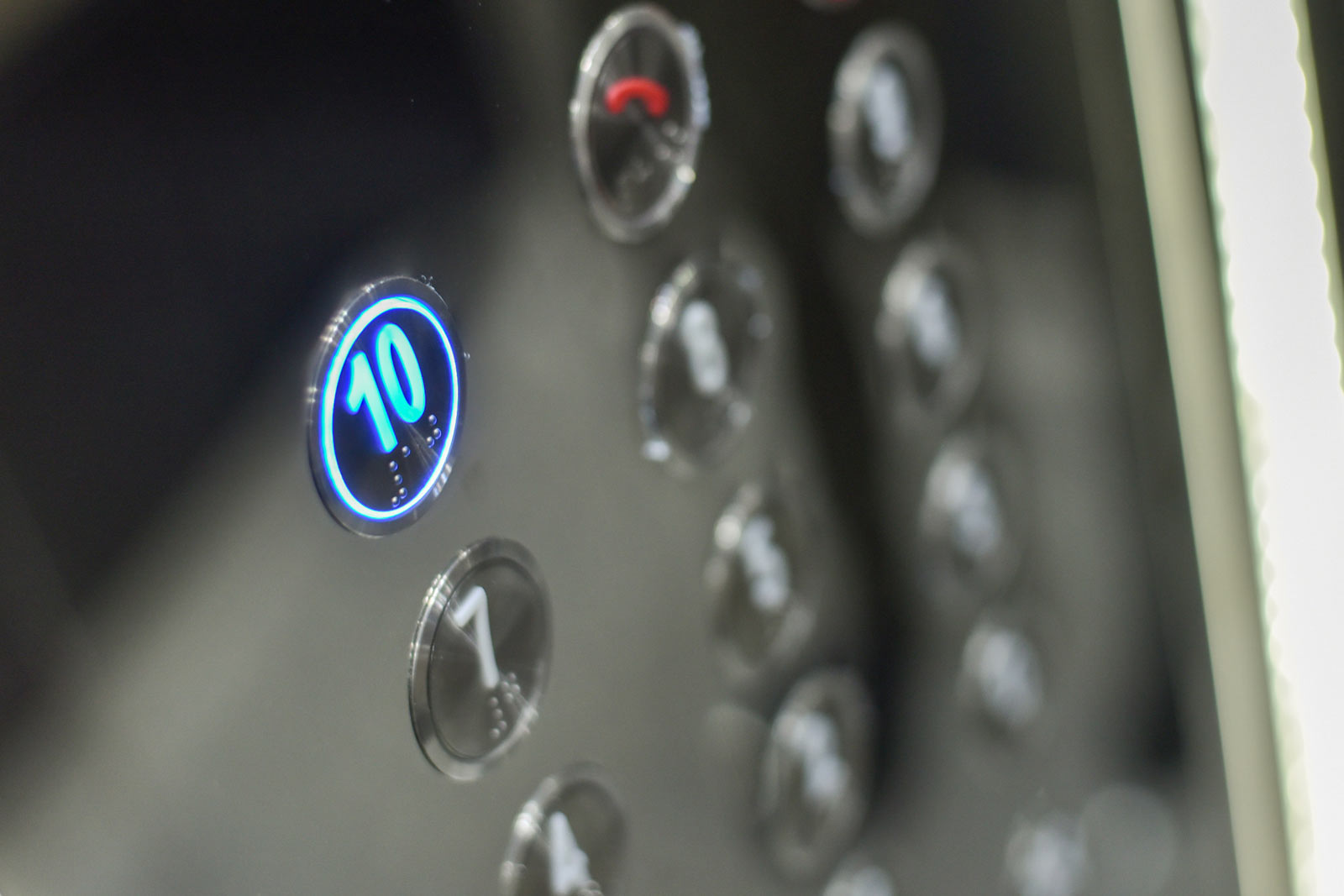Safety in Elevators: A Comprehensive Guide to Vertical Transportation Safety
Jan 22, 2024

by Tolga Göktaş
In the hustle and bustle of modern urban landscapes, elevators have transcended their role as mere mechanical devices, evolving into essential components of our daily lives. These vertical transportation systems have not only reshaped our architectural and social landscapes but have also brought with them a significant responsibility – ensuring safety. As a specialist at Liftinstituut, a leading global authority in elevator certification, I have witnessed firsthand the critical role that safety standards play in this industry. Our work is governed by comprehensive directives and standards such as the Lifts Directive 2014/33/EU, EN 81-20, and EN 81-50, which set the benchmark for elevator safety.
Unpacking Elevator Safety Standards
The safety of elevator systems is anchored in several key components, as outlined in the Lifts Directive 2014/33/EU. These components form the foundation of safe elevator operation:
Locking Devices for Landing Doors: This safety mechanism ensures that elevator doors remain locked when the car is not present, preventing access to the elevator shaft. The intricate design of these systems plays a crucial role in minimizing accidents by prohibiting the opening of doors into an empty shaft.
Devices to Prevent Falls: Elevators are equipped with mechanisms like safety gears and the Unintended Car Movement Protection (UCMP) system. These features are essential for preventing uncontrolled car movements, thereby mitigating the risks associated with elevator falls.
Overspeed Limitation Devices: These include sophisticated sensor systems and governors that detect and correct any instance where the elevator exceeds its designated speed, ensuring passenger safety at all times.
Buffers: Positioned at the bottom of the shaft, buffers play a vital role during emergencies by reducing the car’s speed or bringing it to a complete stop, thereby softening any potential impact.
Safety Devices on Hydraulic Jacks: In hydraulic elevators, devices like rupture valves are crucial. They prevent the car from plummeting in case of a hydraulic jack breach.
Electric Safety Components: The integration of electronic systems into elevator designs has introduced new safety considerations. Components such as circuit boards and controllers are rigorously tested for reliability, ensuring they function as intended to maintain overall system safety.
Maintenance and Manufacturing: Pillars of Elevator Safety
The Lifts Directive extends its scope beyond the safety of elevator users to include those who maintain these systems. The maintenance of elevators, whether conducted from the car top or the pit, requires a safe working environment. This safety is ensured through various measures like stop switches, travel limitation devices, refugee spaces, and proper lighting within the elevator shaft.
The role of manufacturers, especially in countries like Türkiye, which has emerged as a significant player in the global elevator industry, is crucial. Turkish manufacturers are known for their commitment to quality and adherence to international safety standards. Their role in developing new elevator products and introducing them to the market is pivotal in maintaining the global standard of elevator safety.
The Certification Process: A Rigorous Testament to Safety
Achieving certification from notified bodies like Liftinstituut is no small feat. This process involves exhaustive testing to validate that products meet stringent safety criteria. The tests are designed to challenge the products, ensuring their functionality and reliability even under extreme conditions. This certification is not just a regulatory hurdle but a testament to the safety and dependability of the elevator systems.
User Participation in Ensuring Elevator Safety
User awareness and adherence to safety guidelines are critical in the safe operation of elevators. This includes observing the maximum capacity limits, using elevators appropriately (avoiding misuse such as blocking doors), and understanding the correct response in case of an elevator emergency, such as using the alarm button or emergency intercom.
The Future of Elevator Safety
As we look forward, the elevator industry stands at the cusp of technological innovation. With advancements in automation, energy efficiency, and smart technology integration, the future of elevators is poised to be even more integrated into the fabric of urban living. However, the industry’s commitment to safety remains unwavering. As new technologies are adopted, the same rigorous safety standards will continue to be applied, ensuring that elevators not only become more efficient and convenient but also maintain their status as safe modes of transportation.
Digitalization: A New Frontier in Elevator Safety
The integration of digital technology in elevator systems marks a significant advancement in safety and operational monitoring. IoT-enabled elevators can communicate with building management systems, providing real-time data on elevator status, usage patterns, and potential maintenance needs.
Conclusion: Elevating Safety Standards in Vertical Transportation
In conclusion, elevator safety is a dynamic and multi-faceted endeavor. It is a commitment shared by a network of stakeholders, each playing a vital role in upholding the highest safety standards. From the meticulous design of safety components to the rigorous certification processes, every aspect of elevator operation is geared towards providing a secure and reliable experience for users. The dedication of manufacturers, particularly in Türkiye, the rigor of certification bodies like Liftinstituut, and the conscientiousness of users, all contribute to the ongoing evolution of the elevator industry. As we embrace new technologies and innovations, safety remains, at the forefront, ensuring a safer future in vertical transportation.
Get more of Elevator World. Sign up for our free e-newsletter.









